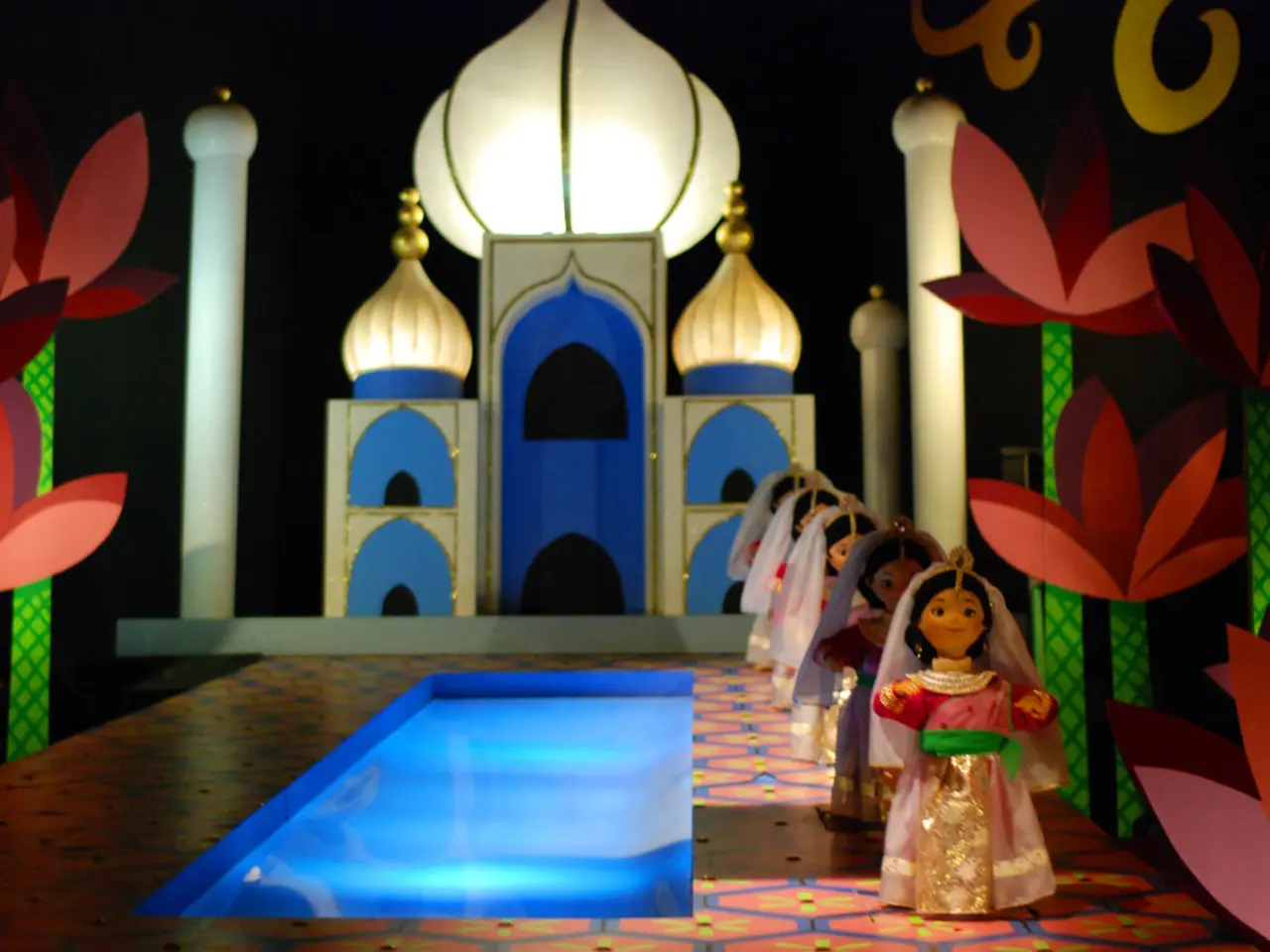Exploration of Art History during War Periods
In the realm of art history, few fields have been as deeply intertwined with issues of power, identity, and memory as the study of Islamic art and architecture. This complex interplay of cultural, political, and military factors can be traced back to the colonial period of the 19th and early 20th centuries, a time when European powers exerted control over many Islamic lands.
During this period, European powers introduced new political and cultural paradigms that influenced the study and appreciation of Islamic art. Colonial administrations often framed Islamic art as a static heritage frozen in time, contrasting it with European "progress." This recontextualization affected historiography and the categorization of Islamic artistic developments, often imposing orientalist frameworks. Furthermore, colonial powers appropriated or relocated Islamic art masterpieces to Western museums, shifting the context of these works from living traditions to objects of aesthetic or ethnographic interest.
The War on Terror, beginning in the early 21st century and continuing into the 2020s and beyond, brought new challenges and transformations. Military conflicts, especially in the Middle East, caused extensive damage to Islamic architectural heritage, including museums, mosques, and historic sites, due to bombings, looting, and instability on the ground. These wars also affected scholarly access, documentation, and preservation efforts.
Politically, the War on Terror fostered a climate of suspicion and misunderstanding towards Islamic culture, which influenced public discourse and sometimes academic interpretations of Islamic art and architecture as monolithic or solely tied to extremist ideologies. Yet, resistance movements and local communities often engaged in reconstructing or revitalizing Islamic architectural heritage as acts of cultural resilience.
Historically, Islamic art and architecture reveal a dynamic integration of calligraphy, geometry, and arabesque that was not only decorative but imbued with sacred meaning. War and colonialism threatened these continuities by damaging sites and imposing foreign frameworks on indigenous aesthetics.
In summary, the shaping of the field of Islamic art and architectural history by colonialism and war involves:
- Colonial recontextualization and appropriation of Islamic art, impacting its historiography and global appreciation, often imposing orientalist frameworks.
- Physical destruction and restricted scholarly access caused by 20th- and 21st-century conflicts, including the War on Terror, damaging heritage and impeding preservation.
- Competing narratives influenced by political contexts, with some emphasizing cultural resilience and revival against dominant colonial or militaristic interpretations.
- The changing academic focus from purely formal or aesthetic analysis to broader socio-political and religious considerations to better understand the roles and meanings of Islamic art and architecture across history.
The emergence of a new audience, particularly diasporic and Muslim-identifying scholars, presents an opportunity to reimagine the epistemic foundations of the field of Islamic art history. The political, historical, and civilizational entanglements between Europe and the Islamic world contribute to the acuteness of this dynamic in Islamic art history.
References:
[1] Khalili, L. (2007). The Art and Politics of Late Medieval Islamic Painted and Illuminated Manuscripts. University of Chicago Press.
[2] Eickelman, D. F., & Piscatori, J. S. (1990). Muslim Politics. Princeton University Press.
[4] Khalili, L. (2010). The Art of Persuasion: Islamic Painting and the Book. University of Chicago Press.
[5] Hillenbrand, R. (2000). Islamic Art and Architecture. University of California Press.
- In the revised interpretation of Islamic art history, contemporary collectors and art enthusiasts play a significant role in challenging and redefining the traditional narratives that have often been influenced by colonial and militaristic contexts.
- Given the complex interplay of power, identity, and memory in Islamic art history, modern artists find inspiration in the rich heritage and aim to create new works that reflect the dynamic integration of calligraphy, geometry, and arabesque, while also contributing to education-and-self-development within the artistic community.
- To better capture the essence of Islamic art and architecture, museums are eagerly exploring fresh approaches by incorporating digital technology and immersive experiences to engage a broader audience and provide a deeper understanding of this fascinating field, appealing to both scholars and casual visitors alike.
- In recent years, there has been a growing interest in the study of Islamic art and architecture that goes beyond the classical tradition, with scholars investigating the contributions of lesser-known artists, architects, and patrons who have shifted the historiography of the field.
- Drawing from the rich tapestry of Islamic art history, education-and-self-development programs focus on fostering a deeper appreciation of the art and culture, further encouraging social dialogues and cross-cultural understanding, bridging the gap between European and Islamic art worlds.




